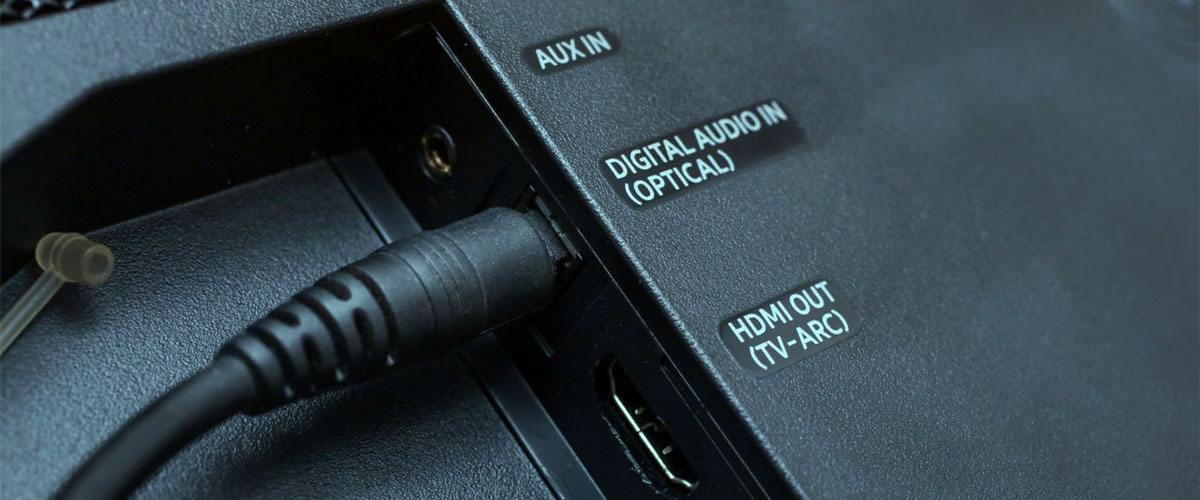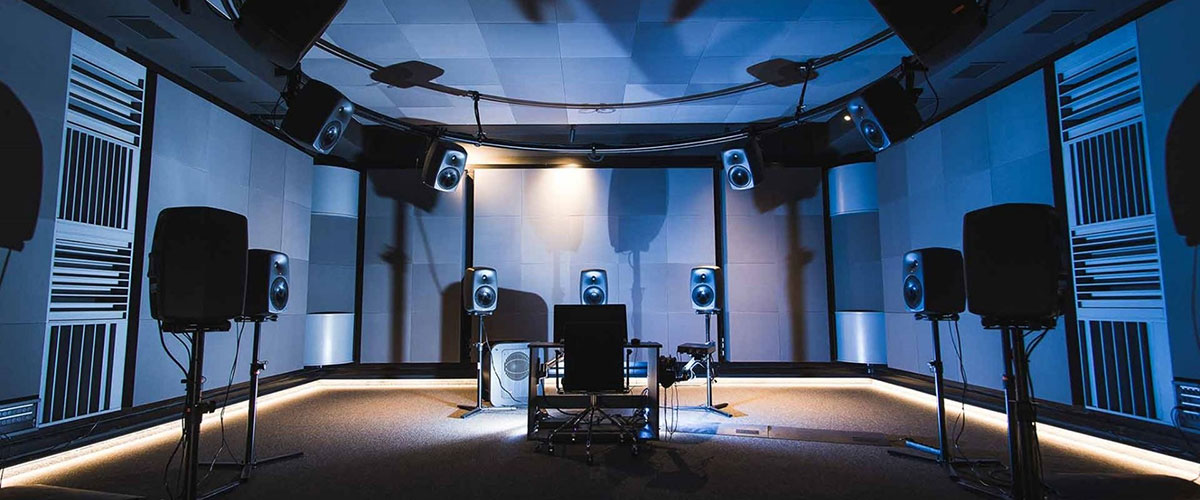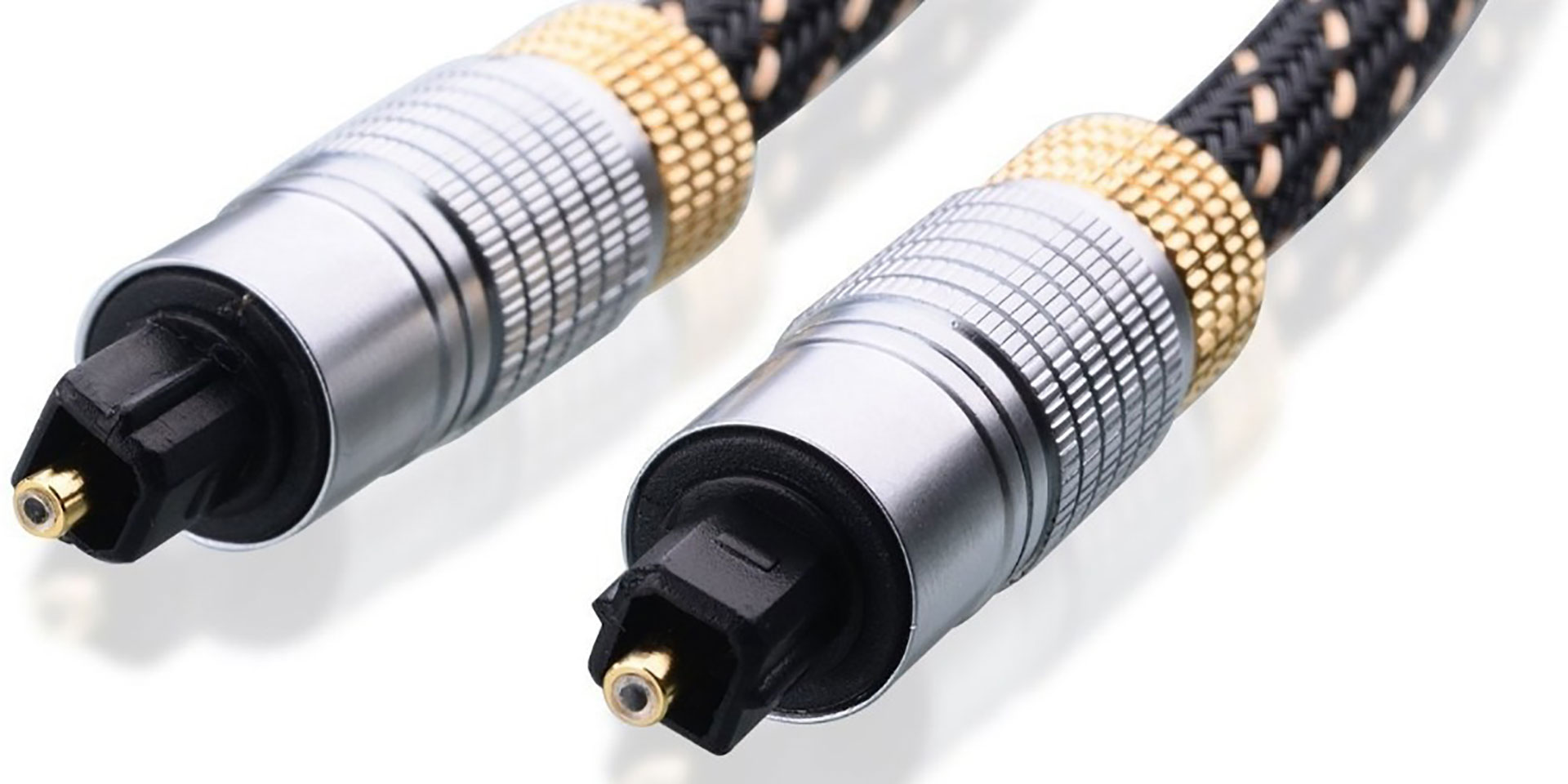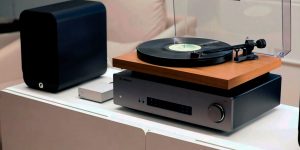Recently, Dolby Atmos has become a higher bar for any home surround sound system. This object-oriented sound format is generally considered one of the best sound systems available, and many people enjoy using it. But the main question of this article, “Can you use Dolby Atmos through optical cable?” is still a mystery to many people. Well, get ready, now I’m going to shed some light on all the secrets.
Is it possible to use an optical cable or only HDMI?

The only way to experience the full benefits of Dolby Atmos is to use an HDMI port. Modern devices are all equipped with this port, the only difference being the version supporting ARC or eARC. All you need to know about it is that the former broadcasts a lossy signal, and the latter broadcasts lossless.
If, for some reason, your source device doesn’t have such an input, you can use a special adapter.
But let’s understand why you can’t connect your receiver with Dolby Atmos over optical cable. It’s because optical cable is designed to process 2 channels of uncompressed signal (with pulse-code modulation PCM) or 5 channels of compressed. And 5.1-channel receivers support Dolby Digital (much older) or DTS Digital Surround (developed by a competitor company and has nothing to do with Dolby) codecs, which are not designed for Dolby Atmos. After all, those who understand surround sound. In fact, those who understand surround sound know that you need a minimum of 7 channels for this surround sound format.
What is Dolby Atmos?
People define Dolby Atmos as a surround sound technology that creates an immersive, three-dimensional soundscape. Dolby Atmos uses high-rise channels, changing the idea of a multi-dimensional sound field. This revolutionary audio technology breaks free from the limitations of traditional audio systems, allowing sound to move not only around you but also above you. With Dolby Atmos, audio objects can be placed in a three-dimensional space, creating a fully immersive, participatory experience.
Many new Blu-ray discs and streaming services now offer Dolby Atmos content. A lot of newer home theater receivers support this technology, so it’s worth checking out if you’re looking for the best possible audio experience.
However, it can be more expensive than other surround sound formats because it requires special equipment (better use of 9 channels and more) and speaker placement (ceiling-in).
Dolby Atmos audio codecs

Dolby Atmos is sound metadata rather than sound format, and only two codecs support the transfer of such data. We speak about compressed or uncompressed, depending on the playback source.
Dolby Digital Plus
Dolby Digital Plus is an advanced audio compression technology that allows for the delivery of high-quality digital audio. Based on Dolby Digital, Dolby Digital Plus (E-AC-3, Enhanced AC-3) is an evolution of the original codec designed to meet the requirements of today’s entertainment platforms. However, nowadays, a lot of devices also support it. This format is not difficult to process. You can find it on Android devices, different models of tablets, and other devices we use every day. Besides, it is used in various applications, including Blu-ray discs, streaming media, and broadcast television.
Dolby TrueHD
Dolby TrueHD is a multi-channel lossless codec, uncompressed sound format designed for high-definition home entertainment formats such as Blu-ray discs. Therefore, it requires a fast connection, which provides a wide bandwidth. This is because of the large amount of data transmitted in one second. It is used in home entertainment equipment such as Blu-ray Disc players, receivers, and soundbars.
Dolby TrueHD delivers fantastic sound quality and is considered one of the best available audio codecs. For transmitting such sound, your devices should be compatible with the latest HDMI standard – 2.1, and it should also be used as an appropriate cable.







